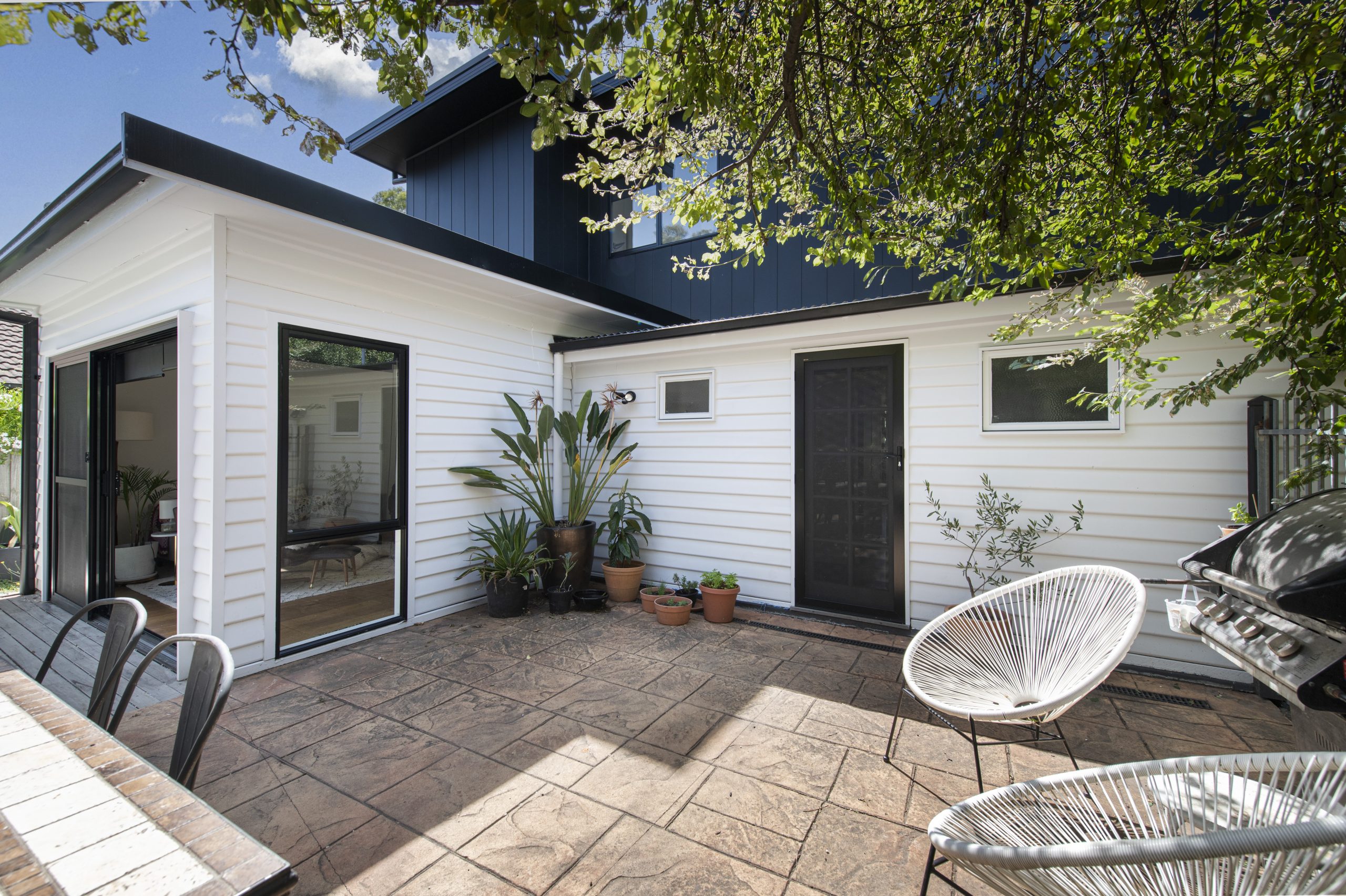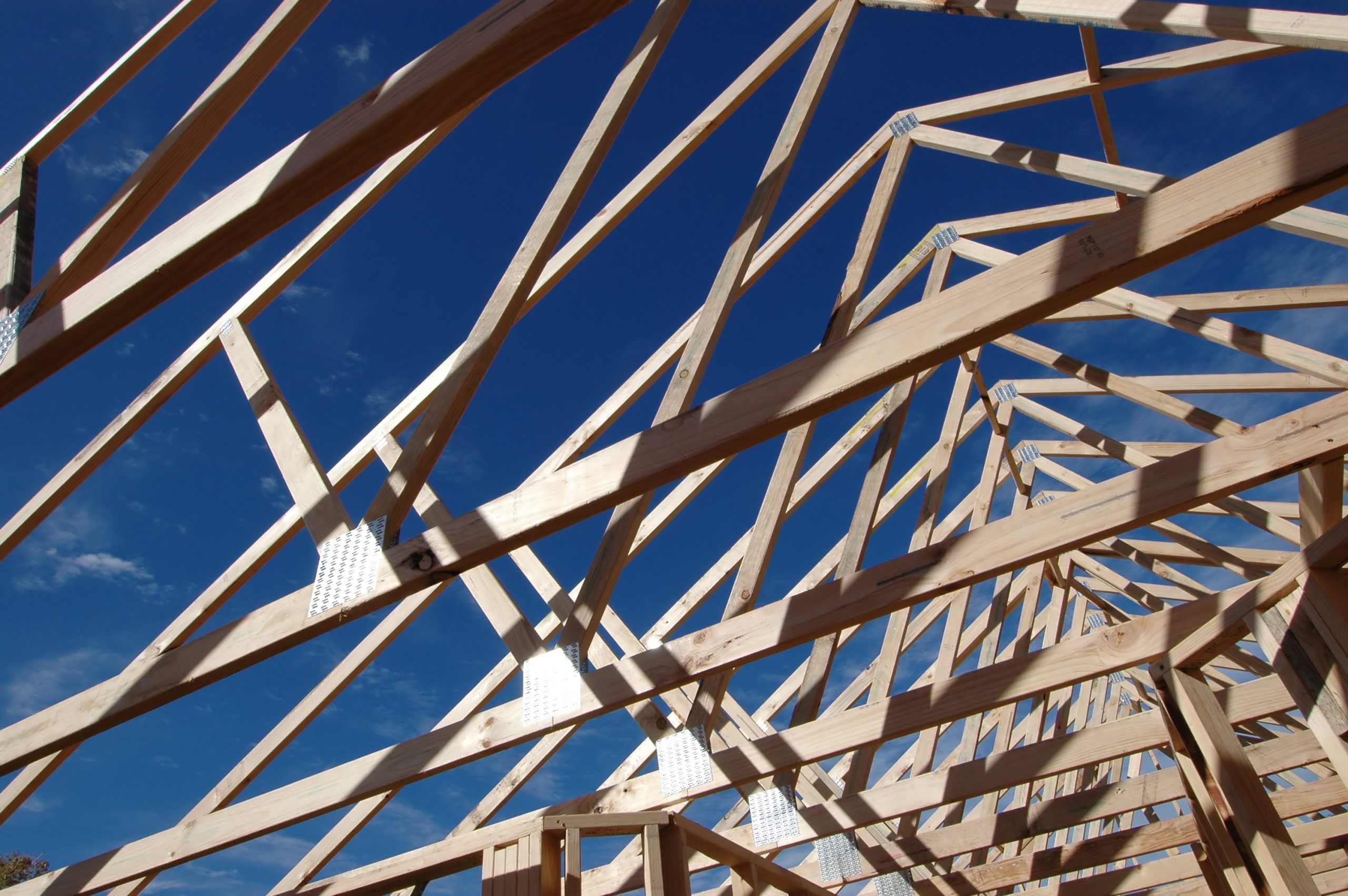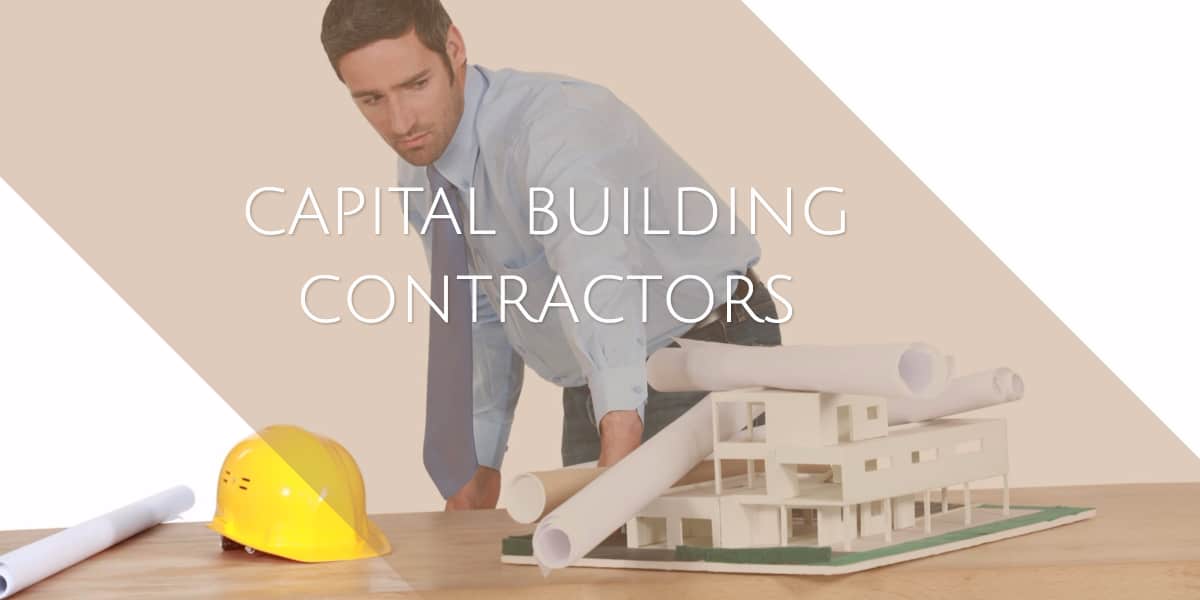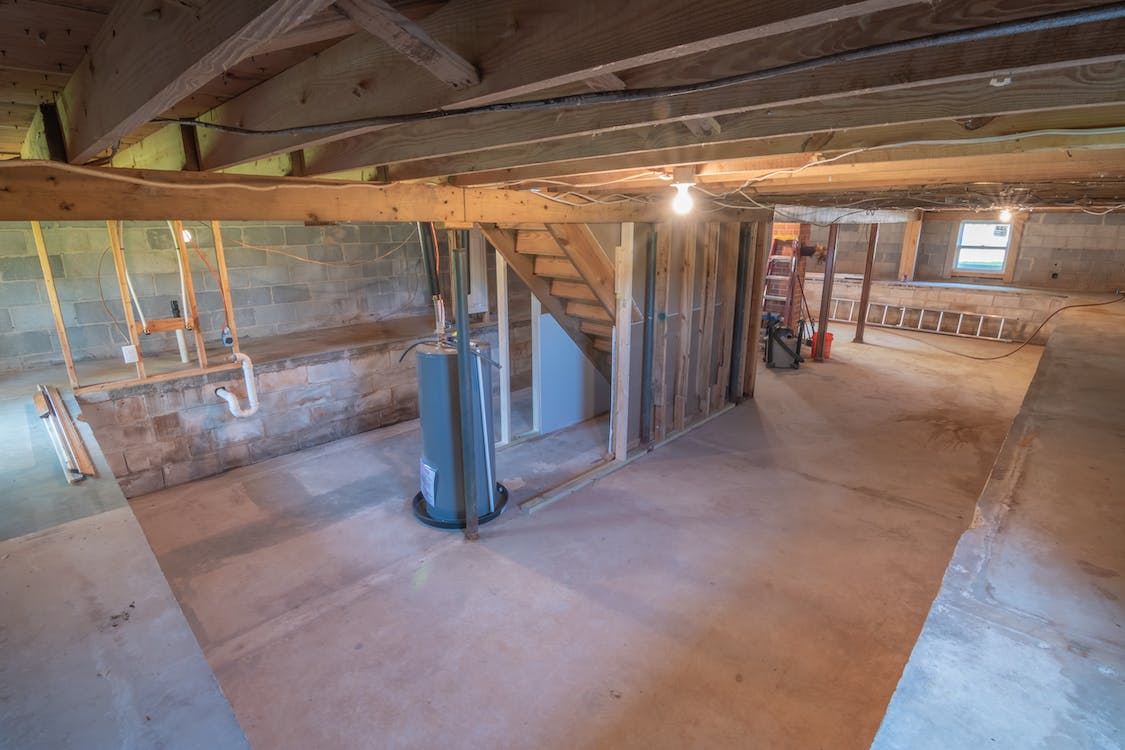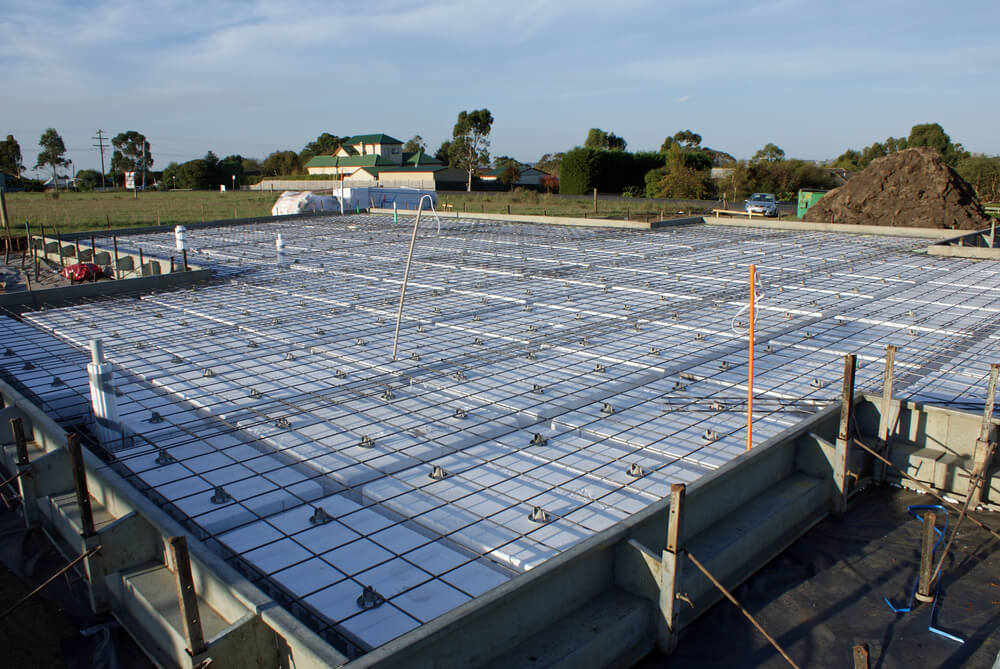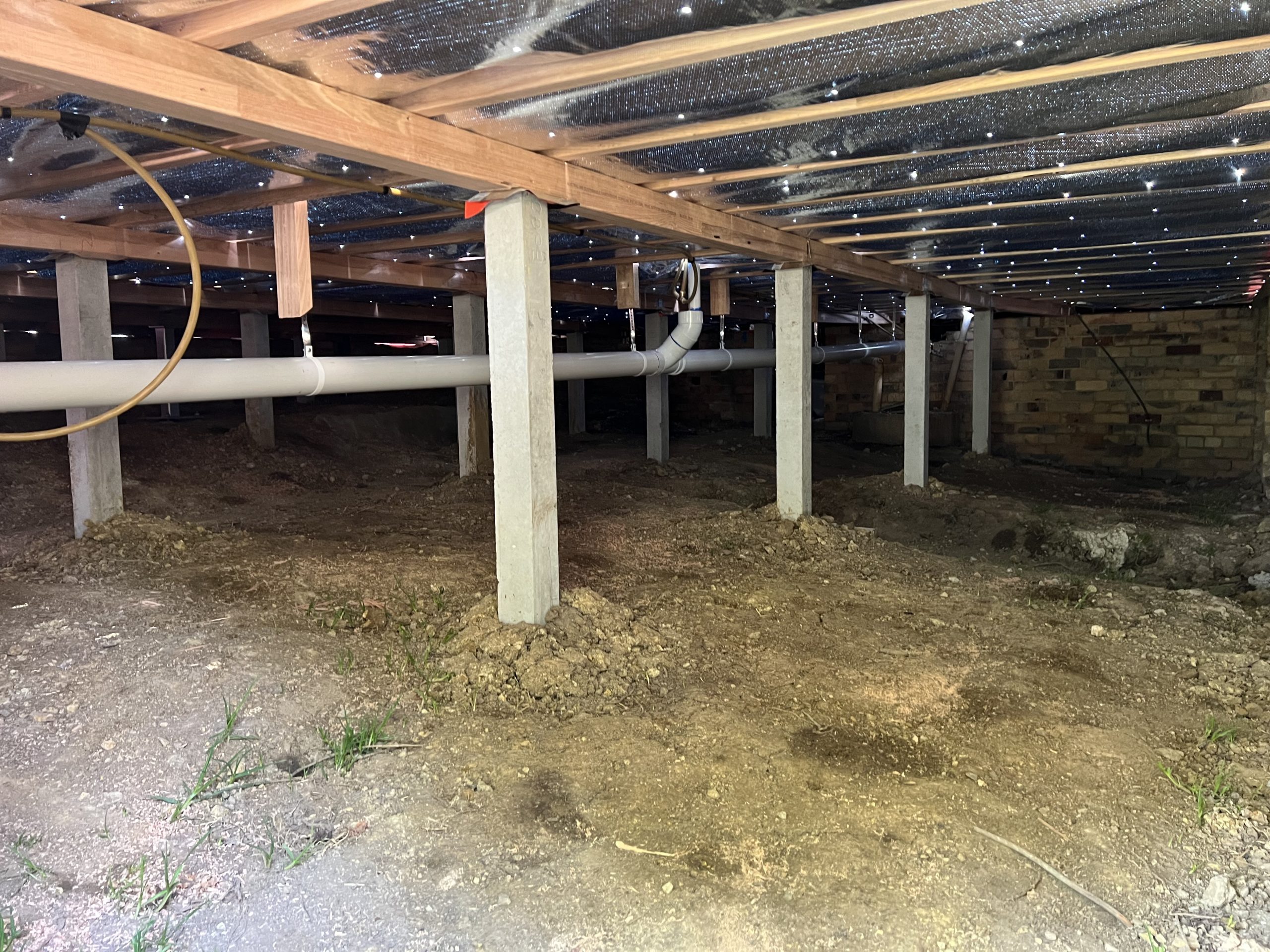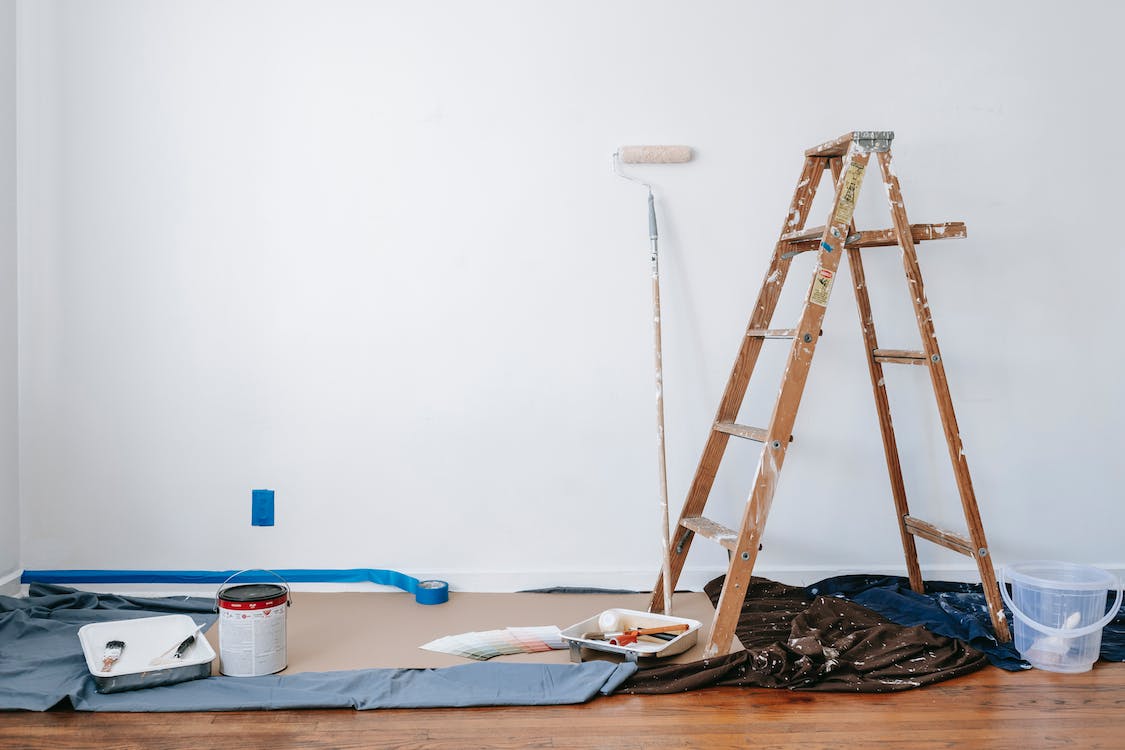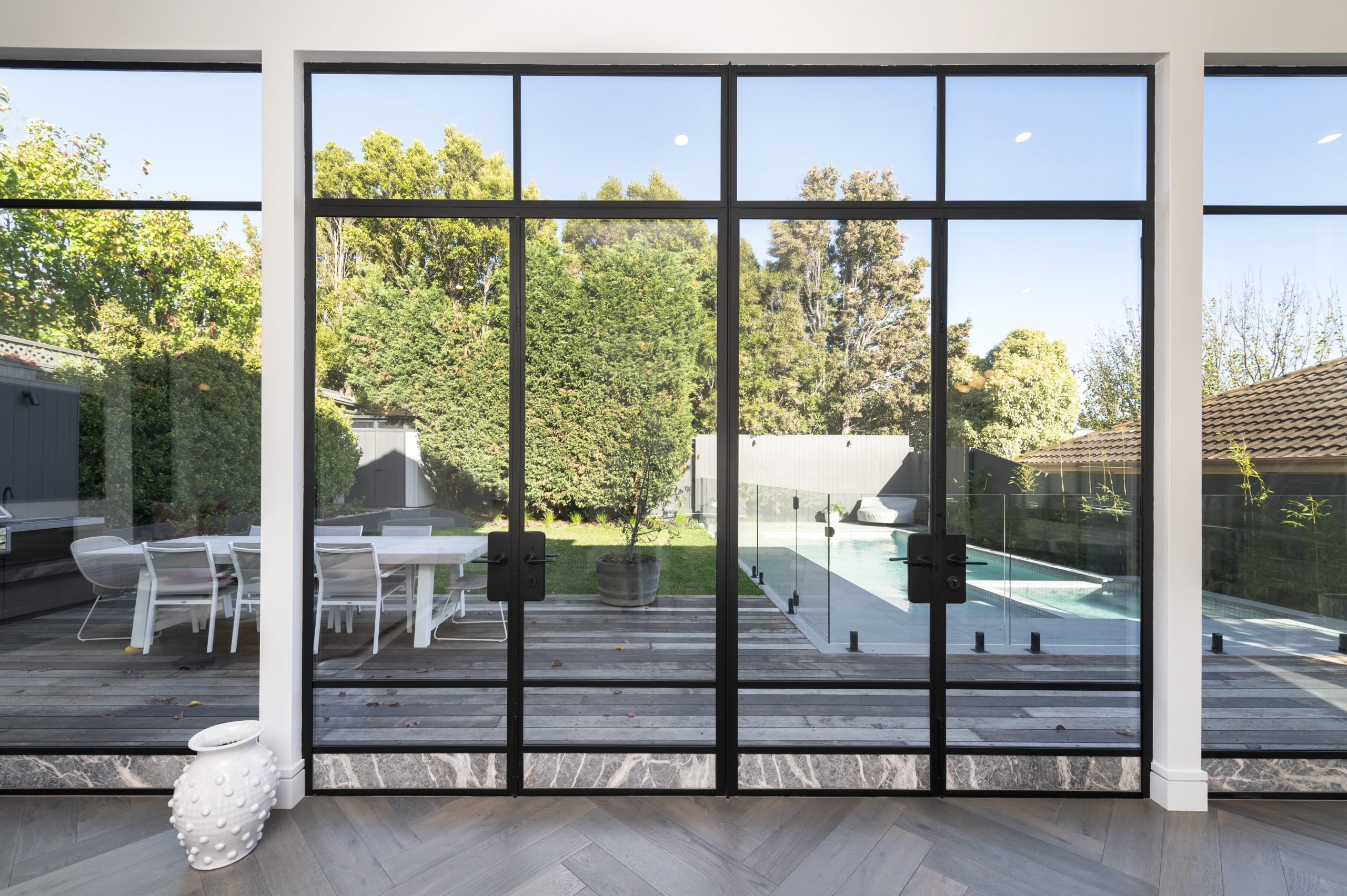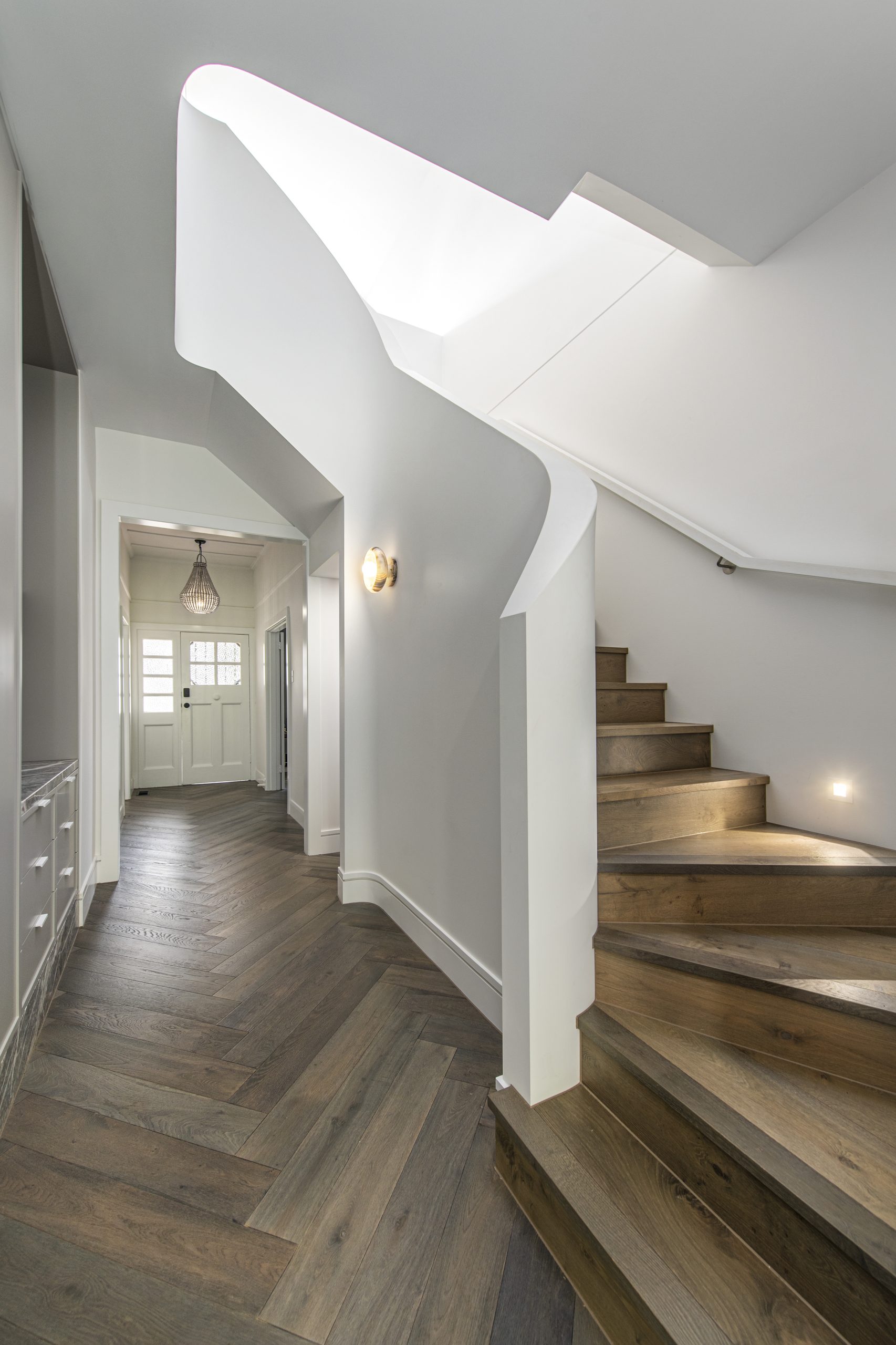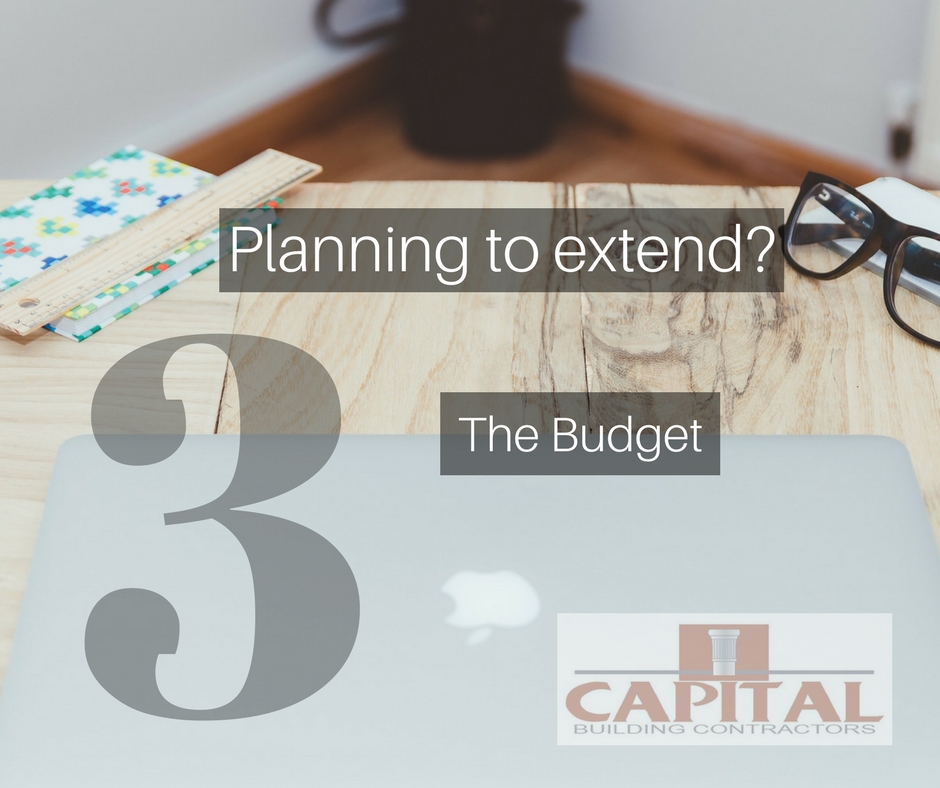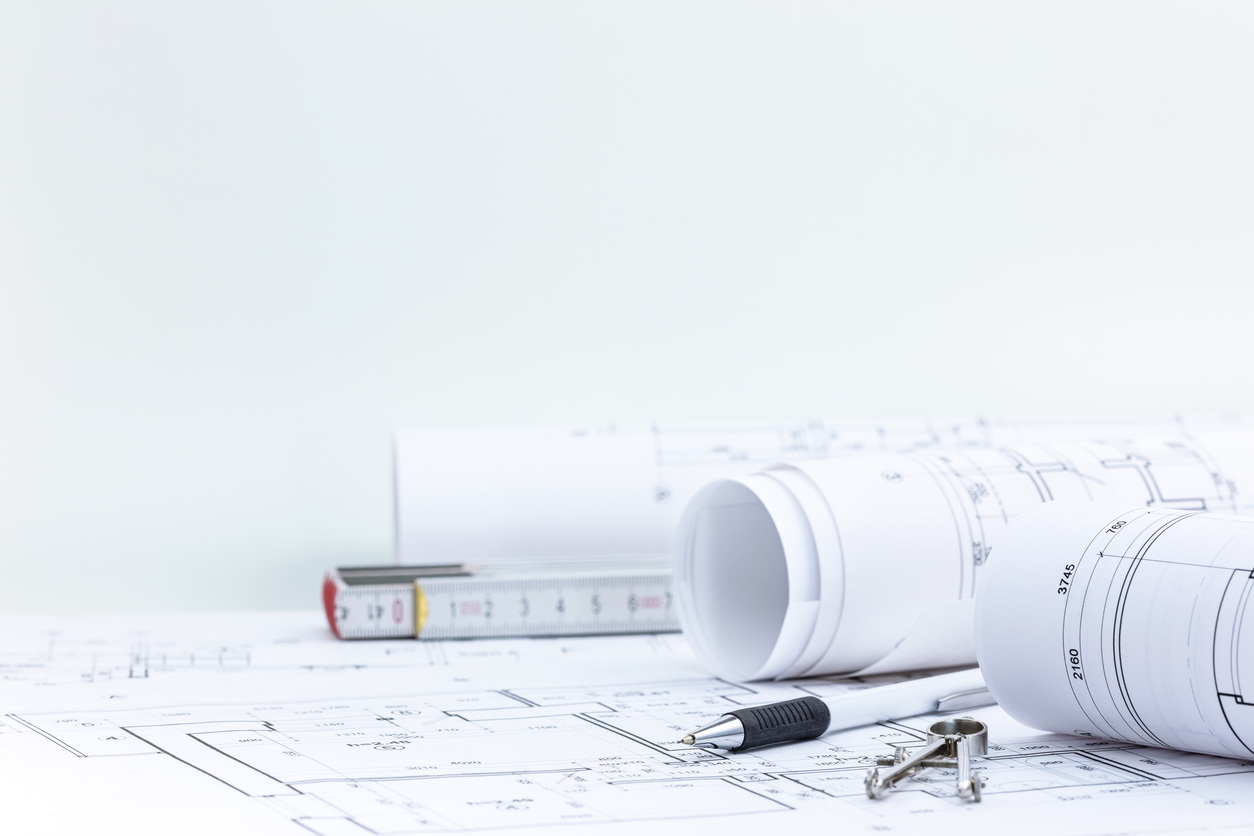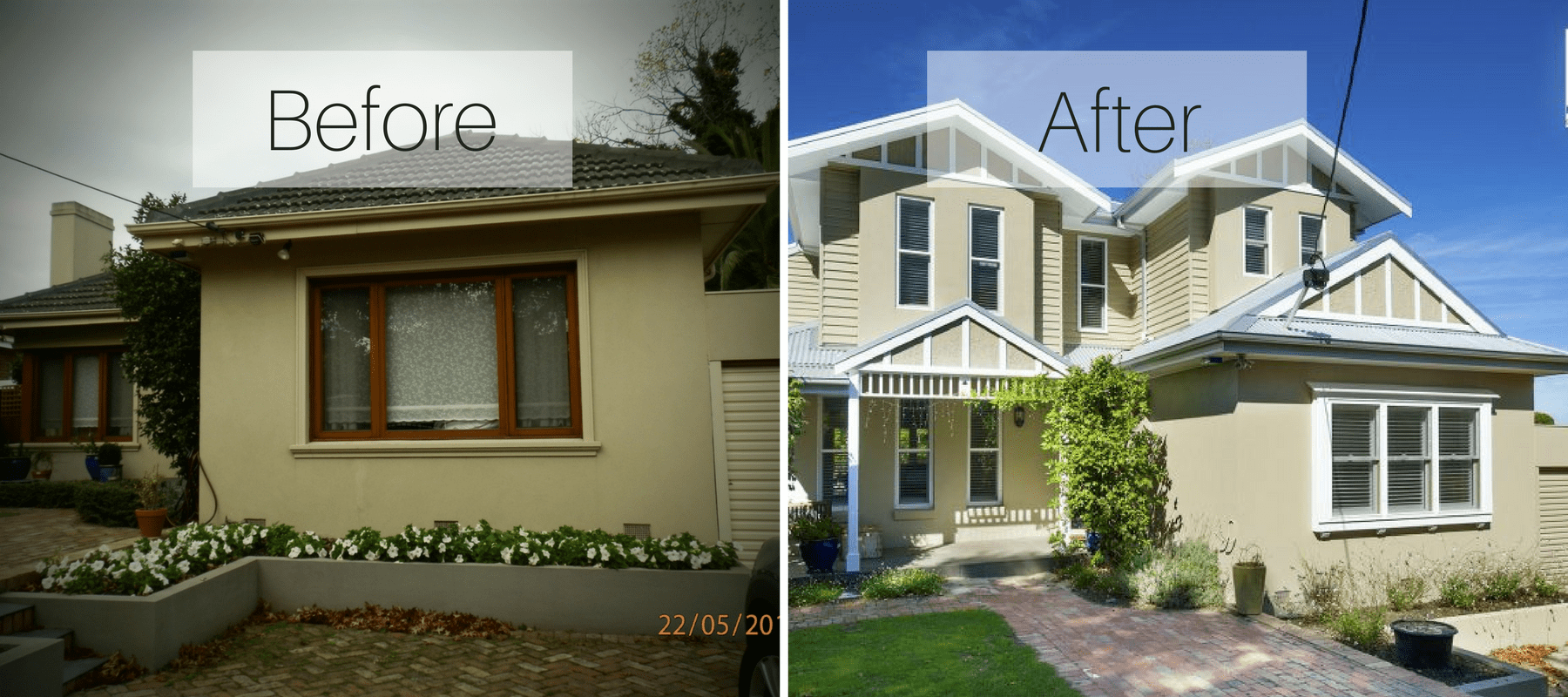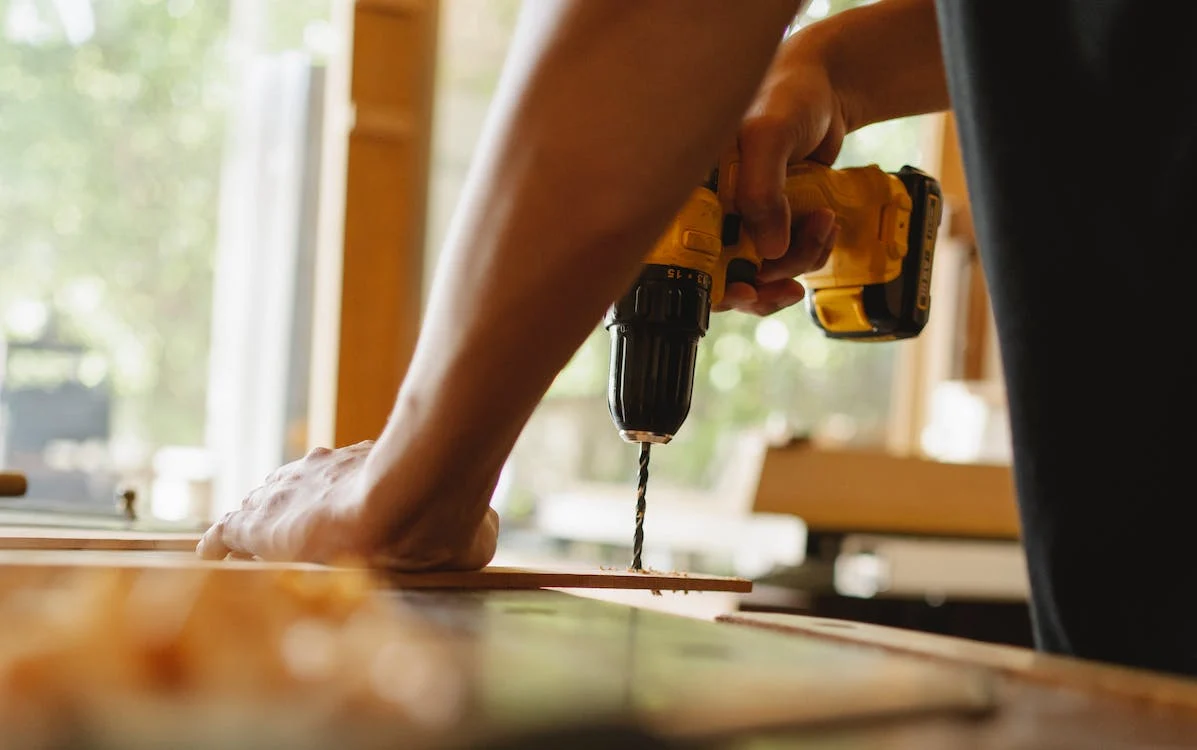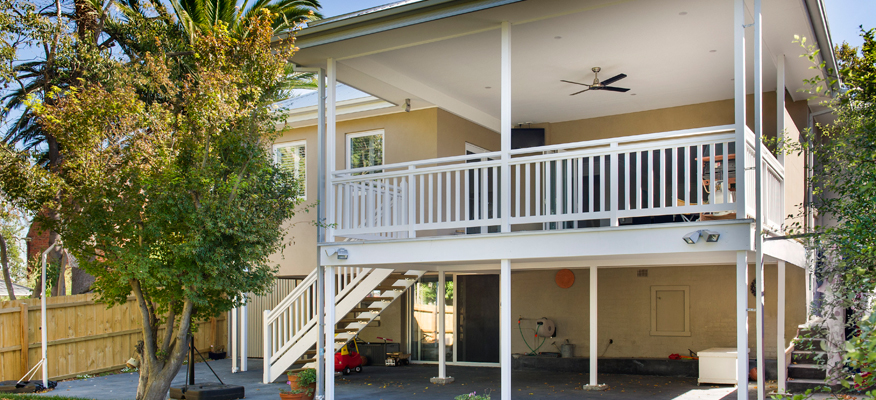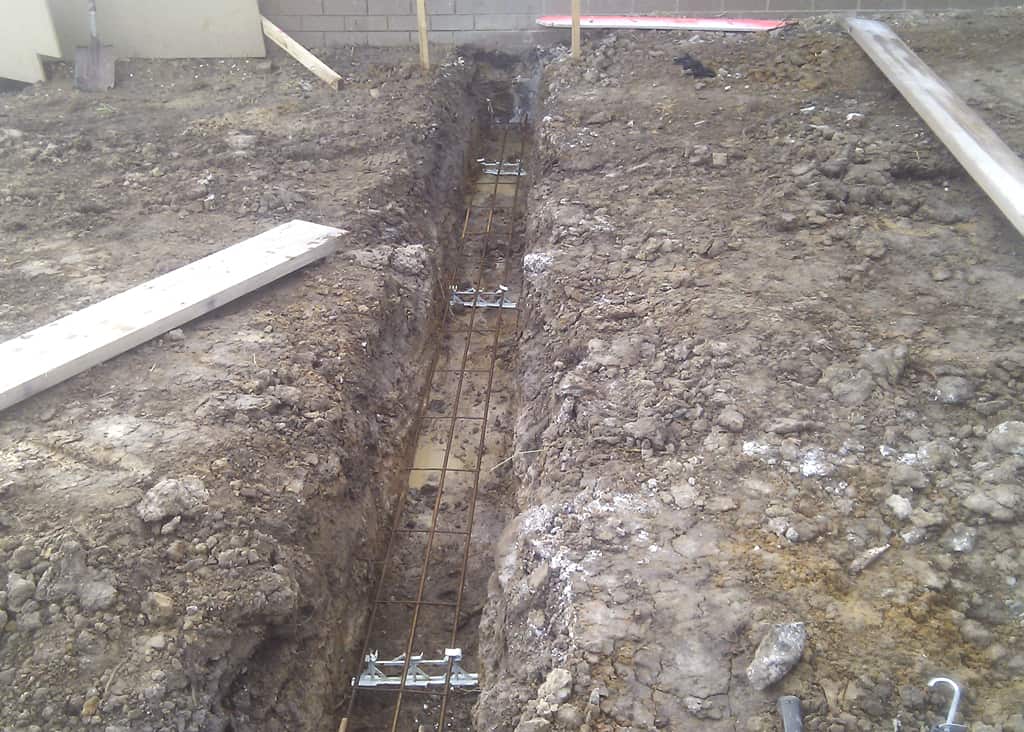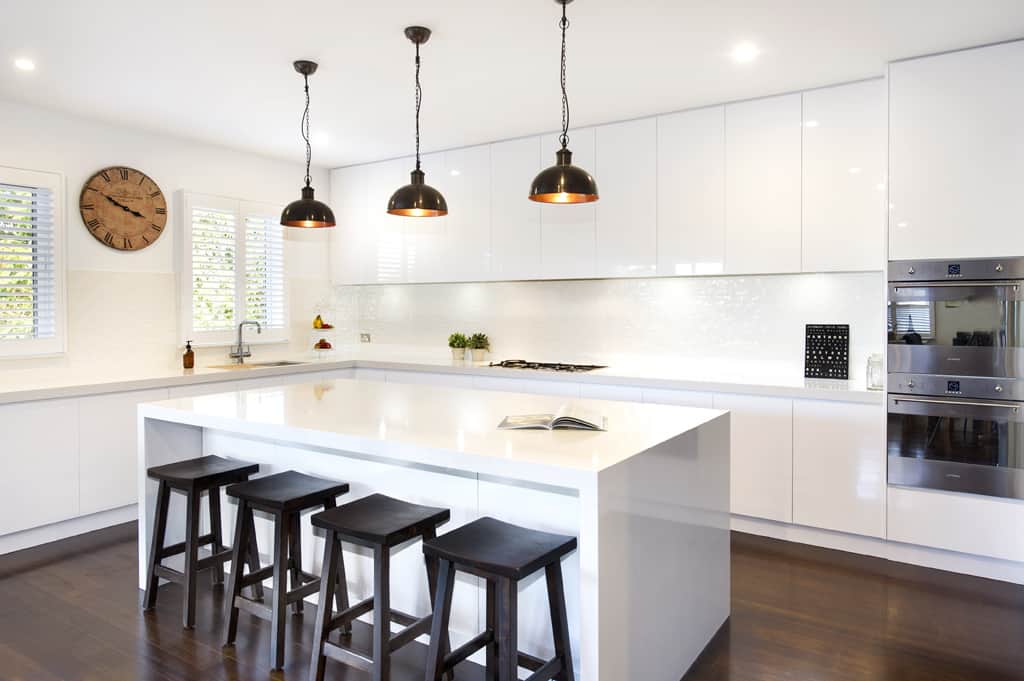A Comprehensive Guide to Granny Flat Floor Plans
In recent years, granny flats have grown exponentially in popularity, not just for housing our loved ones but also as an investment opportunity. As the demand increases, so does the …
What is a Truss?
Often found in domestic buildings, a ‘Truss’ is a structural timber framework, designed to support a roof. Trusses are the preferred modern method of constructing a roof, as they are …
Eliminating Neighbourly Objections to your Building Plans
One of the most common hindrances to building a home extension that we come across is the dreaded neighbourly objection. Everything seems great; you’ve considered the impact of your new building on …
Energy Efficient House Design: Positive Environmental Impacts and Financial Benefits
Modern design and construction techniques offer countless new ways of living that better serve homeowners and the environment than traditional alternatives. Energy-efficient house design holds many incredible benefits, from helping …
Home Extension Costs: Your Guide to a Budget for a House Extension
When your home no longer provides the amount of space your family needs, you’re faced with a challenging decision – move into a bigger house or extend your current home? …
Digging Deep – Should I Build that Basement?
Coober Pedy is an amazing place. It’s not that pretty, it sits in the middle of deserted, dry land and for most of the year it is unbearably hot and …
House Extension Ideas To Maximise Your Floor Plan and Design
Many homeowners feel limited by their floor plan and design when it comes to house extensions. Fortunately, there are several ways to maximise your floor plan and create the perfect …
Questions to Ask a Home Extension and Renovation Design Consultant
Deciding to embark on an exciting Home Extension and Renovation project? To help ensure you remain fully informed throughout the process, our team at Capital Building has compiled some questions …
Is It Better to Extend and Renovate or Rebuild?
When your Home starts to show its age, you may wonder if it’s time for a change. After all, a fresh start can be invigorating – and it will likely …
The Difference Between Energy Efficiency and Energy Conservation
Despite decades of warnings from the world’s leading scientific communities, the effects of climate change are still growing. Fortunately, a greater amount of investment, innovation and action to curb the …
Extensions and Waffle pod slabs
Waffle pod slabs are a solution engineers devised in response to difficult soil conditions. They are typically used in areas of highly reactive clay soils. (See soil types H1 and …
Stumps vs concrete slab. This question might have you scratching you’re head, as deciding on the house foundations may not be the most exciting part of house construction, but it’s …
Tips for Living Onsite Peacefully While Renovating
A man’s (or woman’s) home is their castle. Even when your castle needs a little TLC, we know that you want to be as close as possible to the place …
Skylights Installations – Design Tips & Traps
Let there be light! (by Designer Builder, Peter Harnischmacher of Capital Building) Need to brighten a dark room or shadowy area of the house? Many people will think you can …
Passive House Member – Designer Builder of Capital Building
An Interview with Passive House Member – Peter Harnischmacher As featured in the APHA Newsletter, December 2018 Australian Passive House Development Who is Peter Harnischmacher? I am a director of …
Charming Hampton Style New Home Builders Melbourne
Capital Building, as one of the city’s premier construction enterprises, offers a range of stunning build options for homeowners. One of these is our revered Hampton house design service. Desired …
DIY Laundry Solutions for Small Spaces
Our favourite easy laundry storage room ideas Even though it is not the most glamorous room in the house, the laundry certainly is one of the most important. For any …
Double Storey Extensions – What to do with your stairs
Double Storey Extensions – We know what we want upstairs, we know what we want downstairs, but what is the actual staircase going to look like? Do you want traditional …
Need a Pool House Builder in Melbourne?
The piece de resistance in a new design project is to match the style of your home with a pool house, adding that final touch with either a pool or …
The Most Energy-Efficient Home Building Materials
When choosing the best products and materials for building your new home, renovation or house extension, there are a few things to consider. In this day and age of environmental …
3. The Budget – Planning to Build – Melbourne Extension Builders
Budget Budget should really be the first item on the home design agenda, but why spoil the vision and the dream with the boring financial necessities? The sensible and the …
Town Planning – Do I Need a Permit to Build?
What is Town Planning? Defined town planning is: The planning and control of the construction, growth, and development of a town or other urban area. In more practical terms it …
Building Contractor Melbourne What you need to know when hiring a building contractor in this article we are going to give you some vital information about the different people/ businesses …
The Only Way is Up – Building a Second Storey
Second Storey Extension Builders Melbourne Adding an extension to your home is a brilliant way to create additional space without the hassle of moving house. One of the most common …
How to build an upper extension on your house in Melbourne
An excellent example of the standard of finishes achieved to transform this previously ageing 1930s single-story war service home in Camberwell, Melbourne. Capital Building clients Mr. and Mrs. S had …
My Dream Home Extension – Hire or Do it Myself – Part 2
My Dream Home Extension Part 2 Following on from Part 1 of ‘My Dream Home Extension’ we will now look at whether it’s worth building the extension yourself or hiring …
My Dream Home Extension – Where Do I Start Part 1
Dream Home Extensions Defining your dream home extension what you want and creating your building shopping list So, you want to turn your home into the palace of your dreams. …
Finding A Reputable Builder In Melbourne
Finding a builder in Melbourne, especially one that aligns perfectly with your needs and budget, is no small feat. The process of selecting the right professional is much more than …
My Dream Home Extension – Foundations and Soil – Part 4
Home Extension – Foundations and Soil Following on from part 3 of this series which looked at ‘Choosing a Builder‘ we are now in to the nitty gritty of making …
10 Ultimate Reasons Why People Build an Extension
Why People Build a House Extension House Extension Builders Melbourne, we have identified the 10 ultimate reasons why people opt to build a house extension on their existing home rather …

